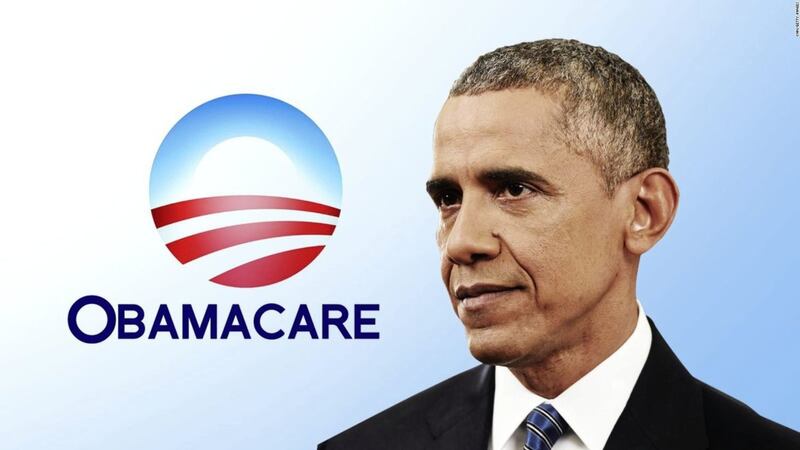OVER the past week healthcare has once again been in the headlines. The defeat of President Trump’s concerted efforts to bring Obamacare to an end once again ended in failure, an embarrassing and significant defeat.
Healthcare is rarely out of the spotlight and the pharmaceutical industry that serves it has long been a vital sector in stock markets. For a long time it has been viewed on a global basis: the three main UK-listed pharmaceutical companies (all in the FTSE 100) operate globally and are only a part of the picture.
The sector is usually classified as “defensive”, the nature of its products is such that it is unlikely to be closely correlated to economic cycles: drugs are always needed and logically this is a growth area with our ageing population. Performance so far this year has been extremely mixed. Glaxosmithkline with its attractive 5.27 per cent dividend yield has slipped 2.4 per cent year to date; Astrazeneca is up 2.7 per cent and Shire is down 8.3 per cent so far.
Last week there was a dramatic (15 per cent) fall in Astrazeneca’s share price when it revealed disappointing results from its Mystic drug trials for a lung cancer treatment, although the share price has bounced since then. Much of a pharmaceutical company’s potential is measured by it drugs pipeline potential, the buy case for Astrazeneca has long been predicated on the management’s ability to turn pipeline potential into earnings and it has an attractive yield of 4.89 per cent.
In contrast, Shire has always been seen as the growth stock of the sector – reflected in its rather modest 0.57 per cent yield. To set this all in a global context, Swiss giant Novartis has risen by 9.9 per cent so far in 2017 and its co-patriot Roche is up by 3.9 per cent over the same period. There is of course a currency element in these two.
It is an interesting area to consider when looking at the market on a global basis, but it is becoming increasingly specialised and there are a growing number of collectives which concentrate purely on the sector. Here, too, there have been mixed performances, with Worldwide Healthcare up 19.1 per cent, BB Healthcare up 14.1 per cent and Polar Capital Healthcare up 4.7 per cent. Of these three the most attractive yield is offered by BB Healthcare at 3.5 per cent and this of course is only a snapshot measuring a relatively short period.
The large pharmaceuticals are a popular choice in some of the high profile income funds: Neil Woodford’s confidence in Astrazeneca is well known, for example, but the question of sustainability of the relatively generous yields is widely debated especially in this era of low interest rates.
Glaxosmithkline’s dividend is covered 1.26 times by earnings and Astrazeneca has dividend cover of 1.03 times. It can also be a volatile ride, with so much depending on the market’s perception of success and failure in terms of drugs trials.
However, it remains an important sector in terms of earnings, defensive qualities and scope for long term growth and despite the difficulties in understanding the highly technical developments, it should find a place in most well-diversified portfolios.
:: Cathy Dixon is a director at the Belfast office of Cunningham Coates Stockbrokers, a trading name of Smith & Williamson Investment Management (SWIM). This article does not constitute a recommendation to buy or sell investments and the value of any shares may fall as well as rise. Investments carry risk and investors may not receive back the amount invested. The views expressed are those of the author and not necessarily of SWIM.







